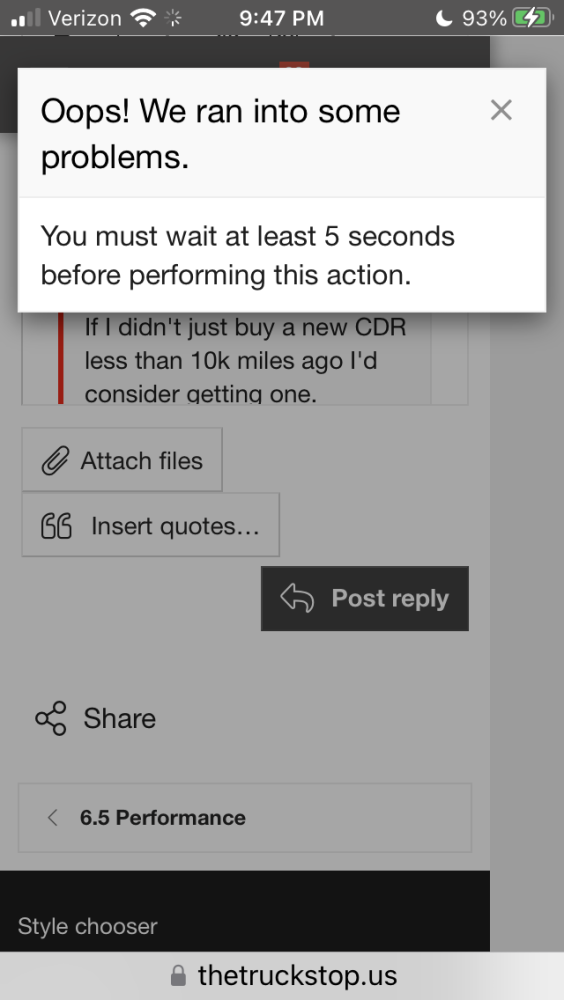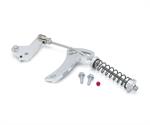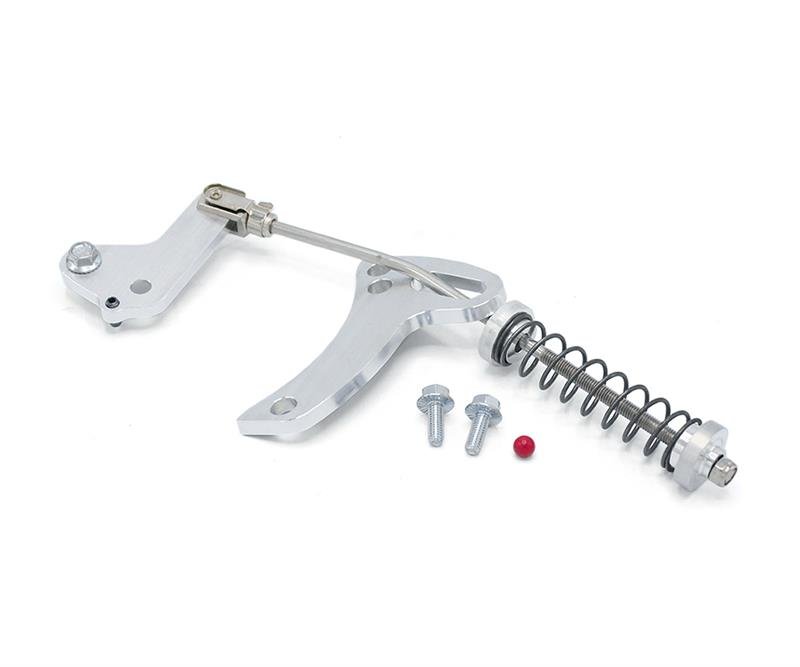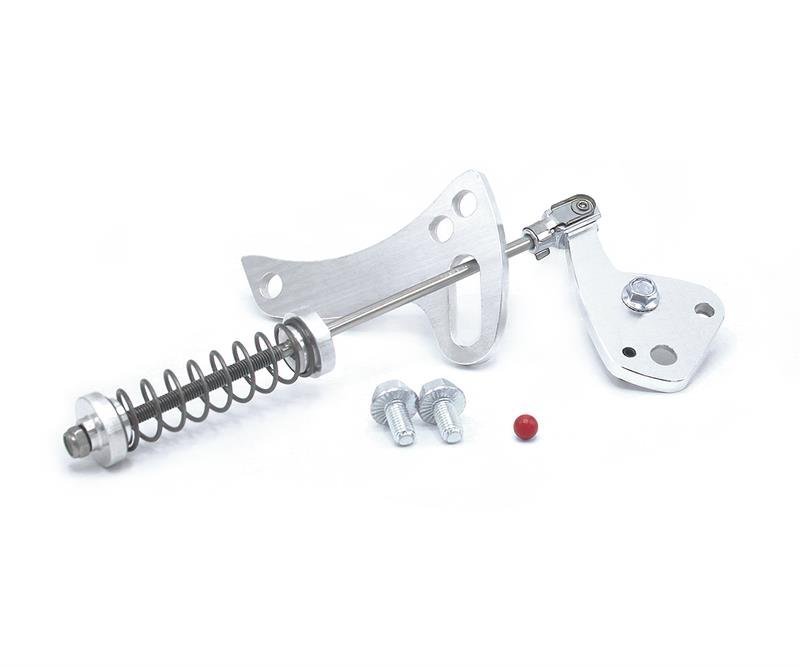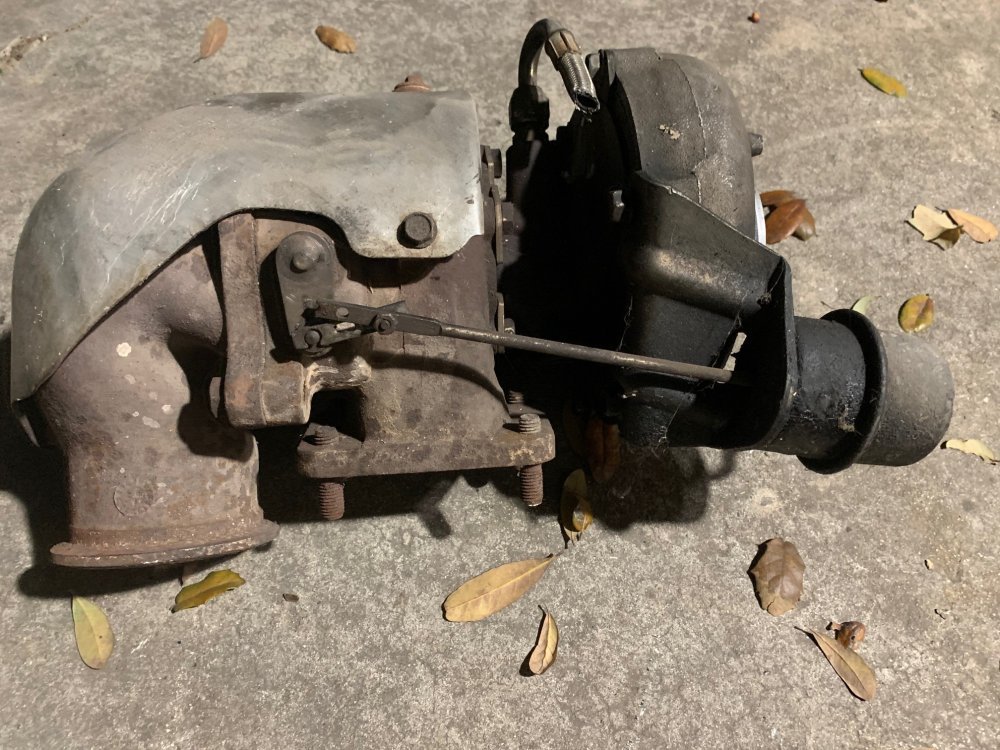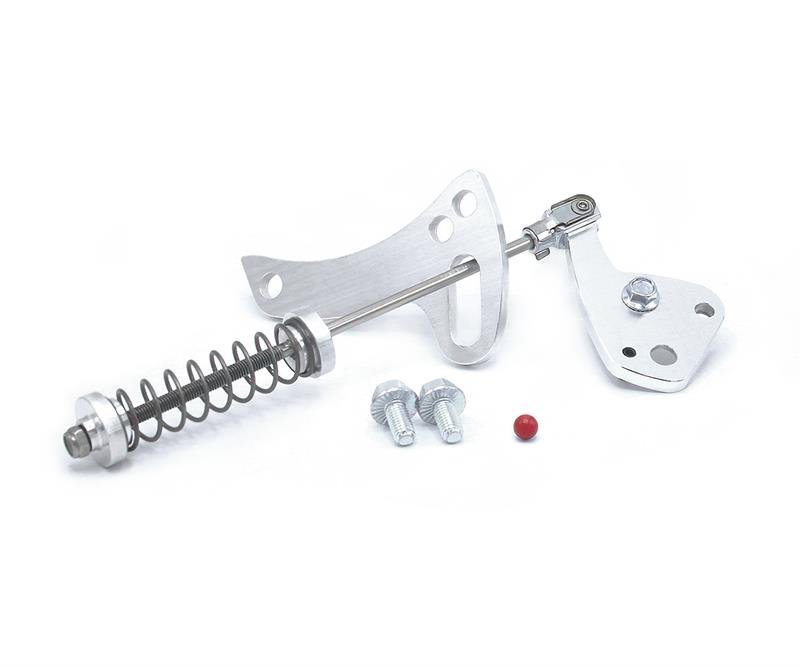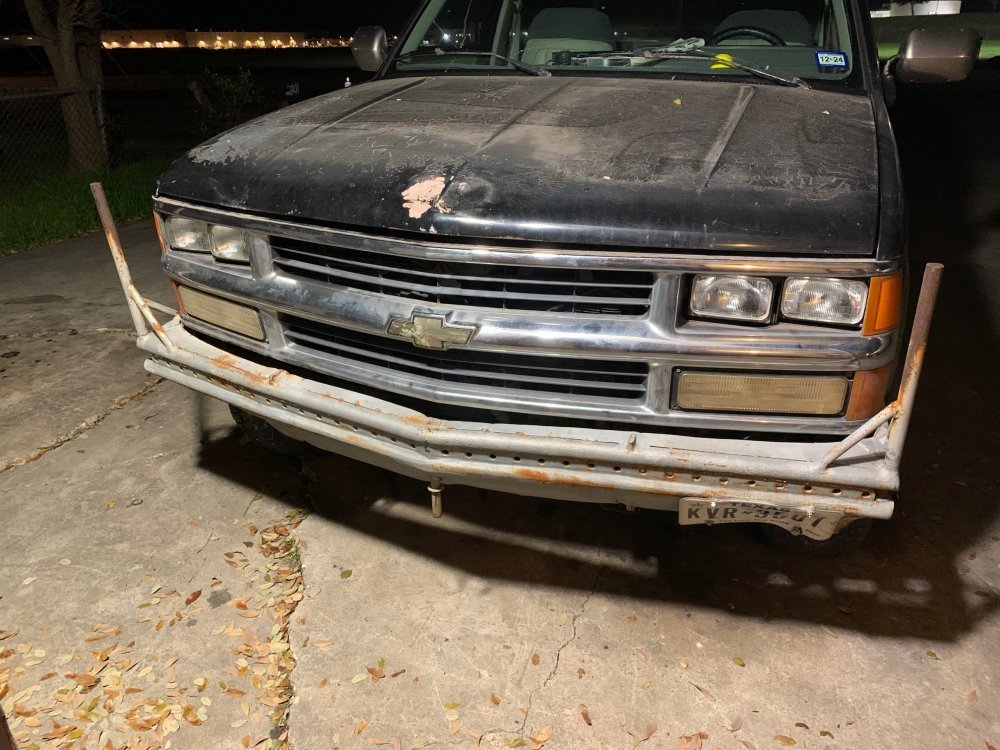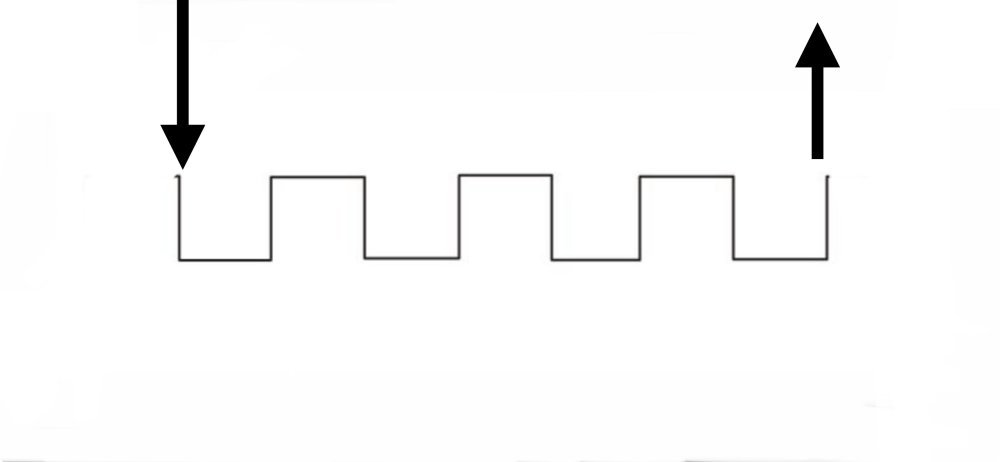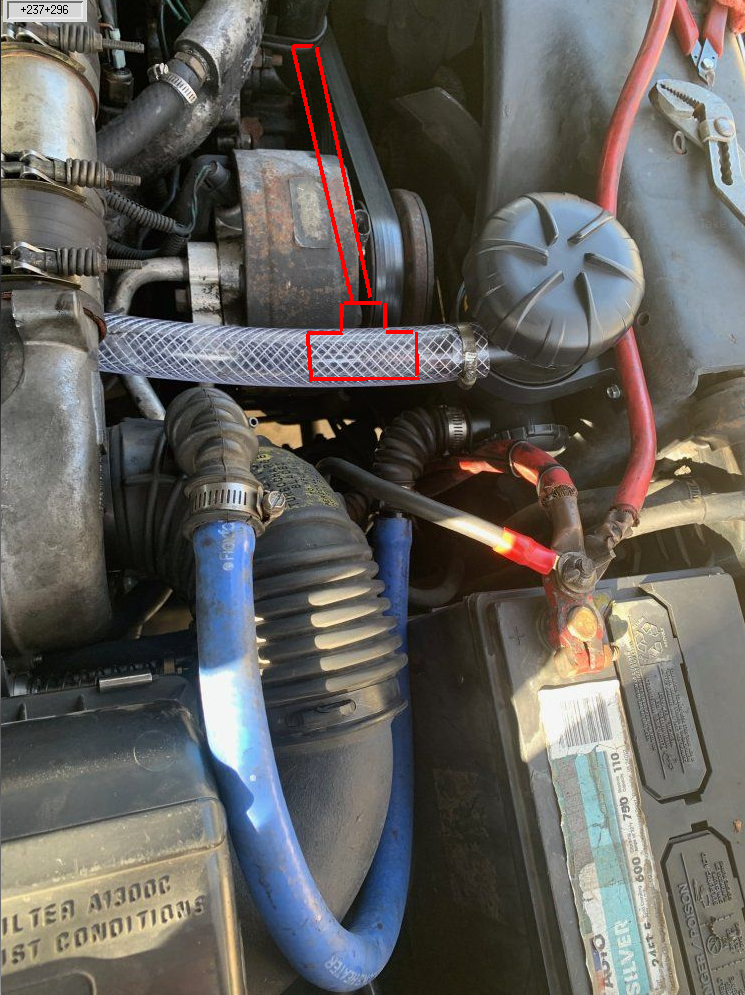MrMarty51
Well-Known Member
So You would not run the CDR to the new pro vent ?Oh, I see now. I had to look at the service documents to spot it, but they reversed the inlet/outlet positions so that it pulls air up through the filters. IDParts has the 200 unit listed for 179.95 right now. https://www.idparts.com/mann-provent-200-ccv-filter-assembly-395-s02-1239537s02-p-16275.html
If I didn't just buy a new CDR less than 10k miles ago I'd consider getting one.
Interesting that they reversed the inlet/outlet hoses.
Without going back through many posts, I believe it was @dbrannon79 had mentioned doing just that but then also mentioned possible problems with a valve too.

